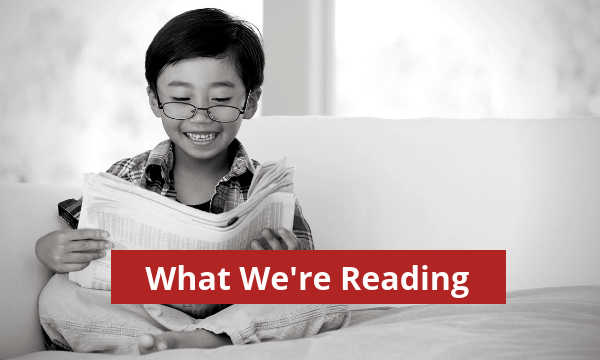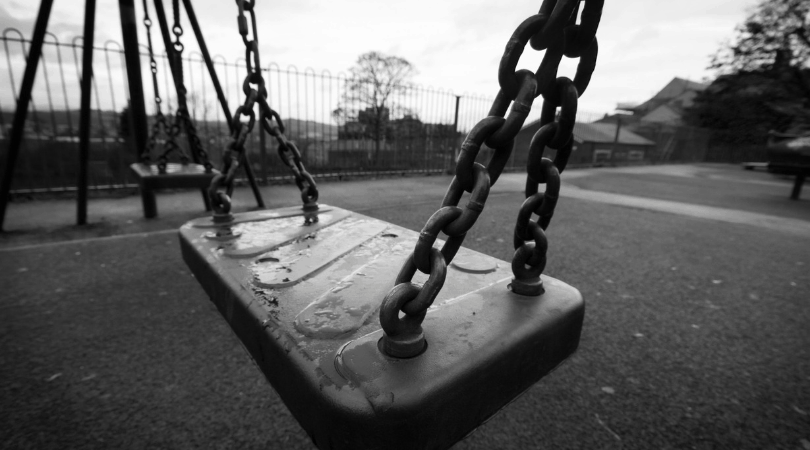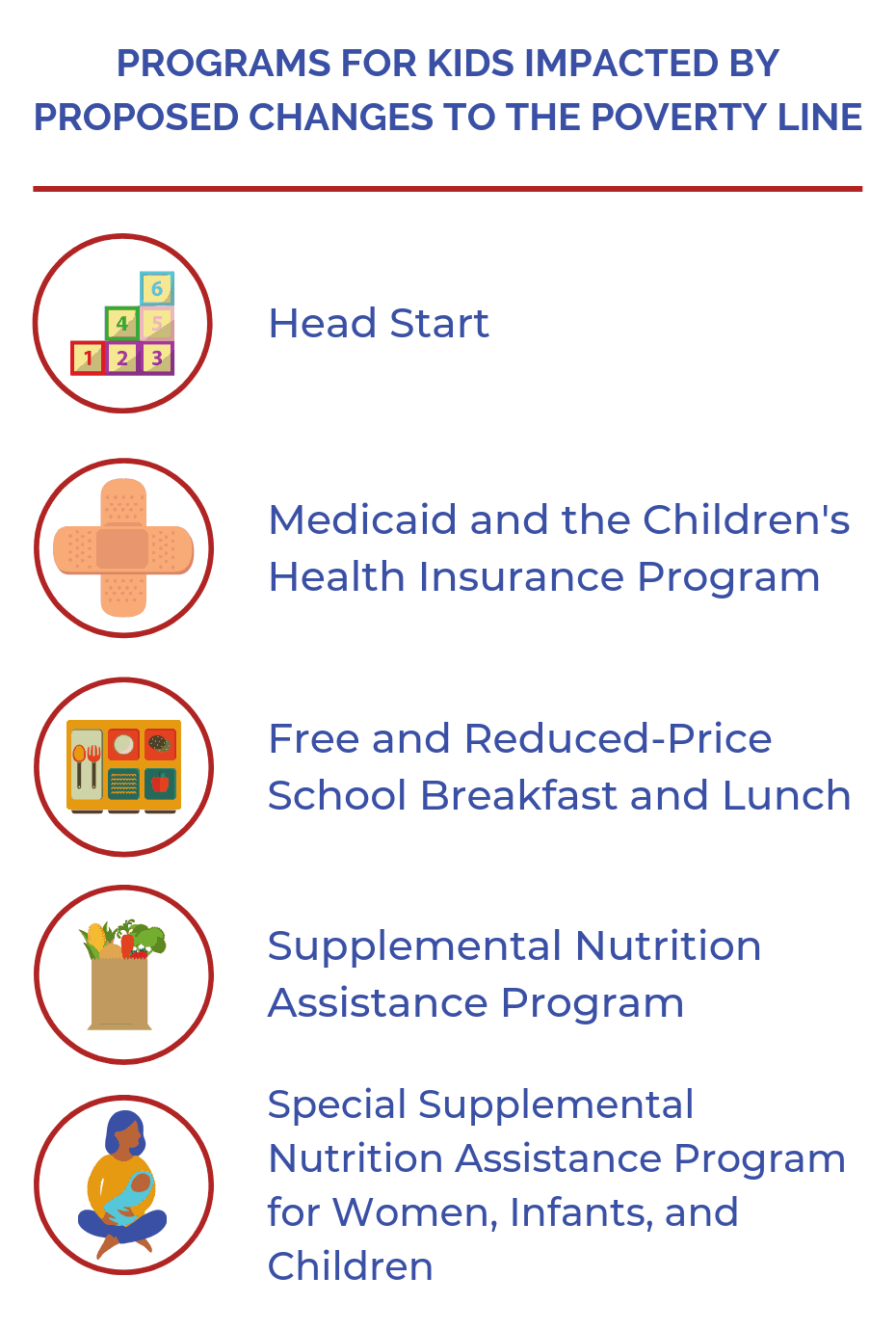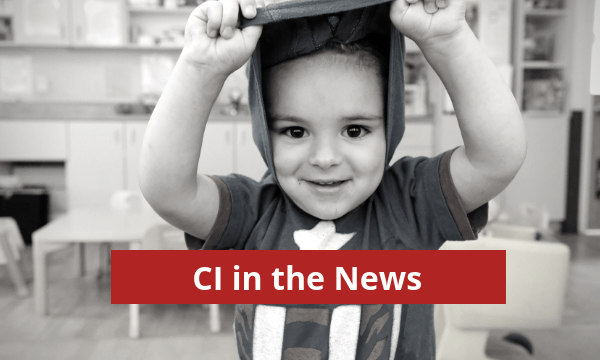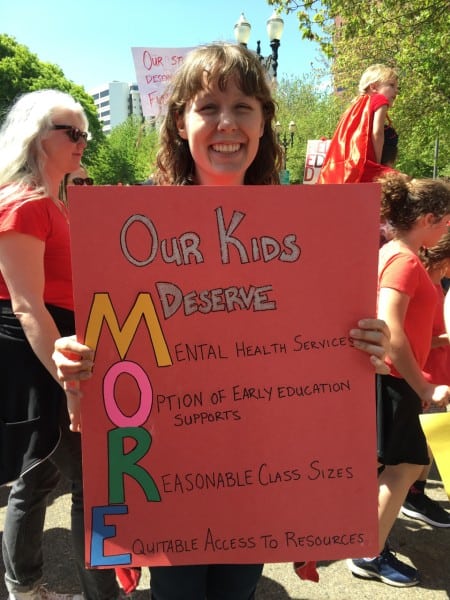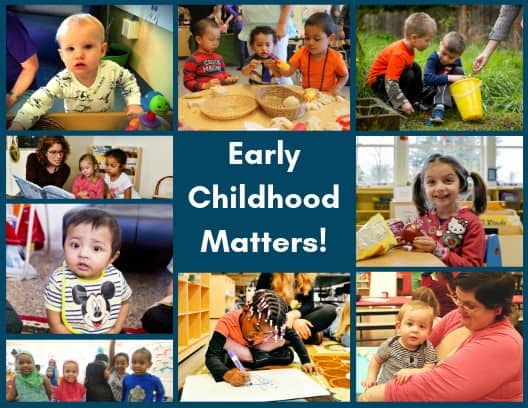You may have read last month that the Trump administration has a plan to lower the poverty rate in America. The plan doesn’t do anything to help low-income families. Instead, the administration is seeking to change the way we calculate the “official poverty measure” (OPM). This change would impact millions of Americans, including children in low-income families who qualify for programs like Medicaid, CHIP, and Head Start, to name just a few.
How We Calculate Poverty Now, and How That Could Change
The Center for American Progress project “Talk Poverty” provides a detailed explanation of OPM:
The OPM was first created in the 1960s by Mollie Orshansky, an economist working for the Social Security Administration, who proposed poverty thresholds related to the cost of food: Any family earning less than three times the USDA estimate for the subsistence food budget is considered poor. Those thresholds have remained in place over the last half century, virtually unchanged other than by cost-of-living adjustments. Right now, according to the OPM, a family of three (with two adults and one child) counts as poor if their income amounts to less than $20,212 per year.
Currently, “Talk Poverty” goes on to explain, cost-of-living adjustments in the OPM are based on a measure of inflation called the Consumer Price Index for Urban Consumers (CPI-U). The Trump administration is looking to use a different measure of inflation—either the chained CPI or the Personal Consumption Expenditures Price Index (PCEPI)—to adjust poverty thresholds.
According to the Center of Budget and Policy Priorities:
Both measures rise more slowly than the current measure, the CPI for All Urban Consumers (CPI-U). As a result, either alternative measure would result in a lower poverty line, and the gap between the poverty line under the current versus either of the proposed methodologies would widen each year.
More Than Just a Technical Change
These proposed changes to how we define poverty in America aren’t just technical. The federal poverty threshold determines eligibility for many programs and benefits, including those that serve children living in low-income families. Lowering the poverty threshold over time, as the administration’s proposed change will do, means that each year, fewer and fewer kids will be eligible for these proven programs.
